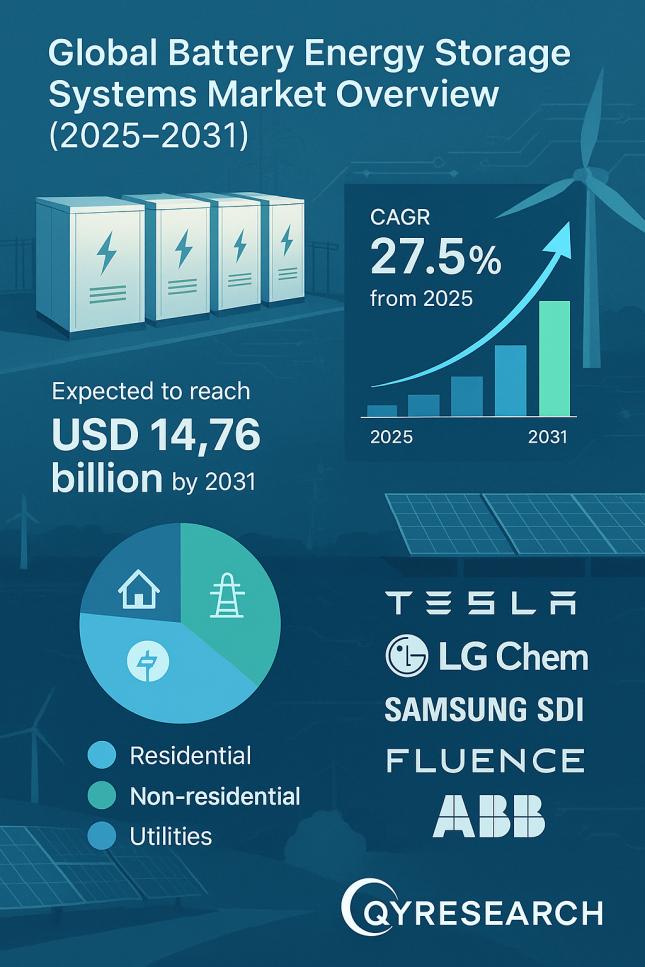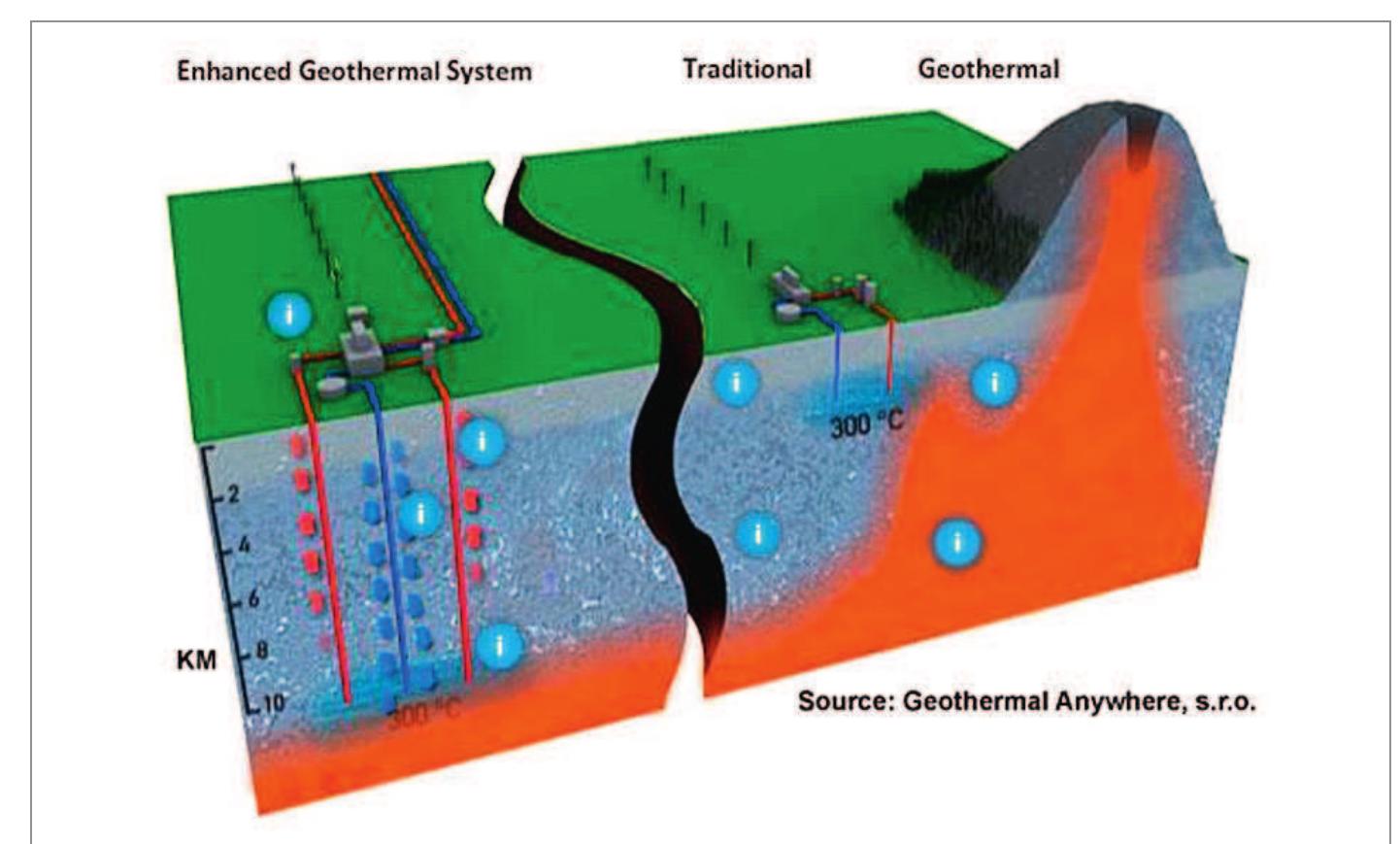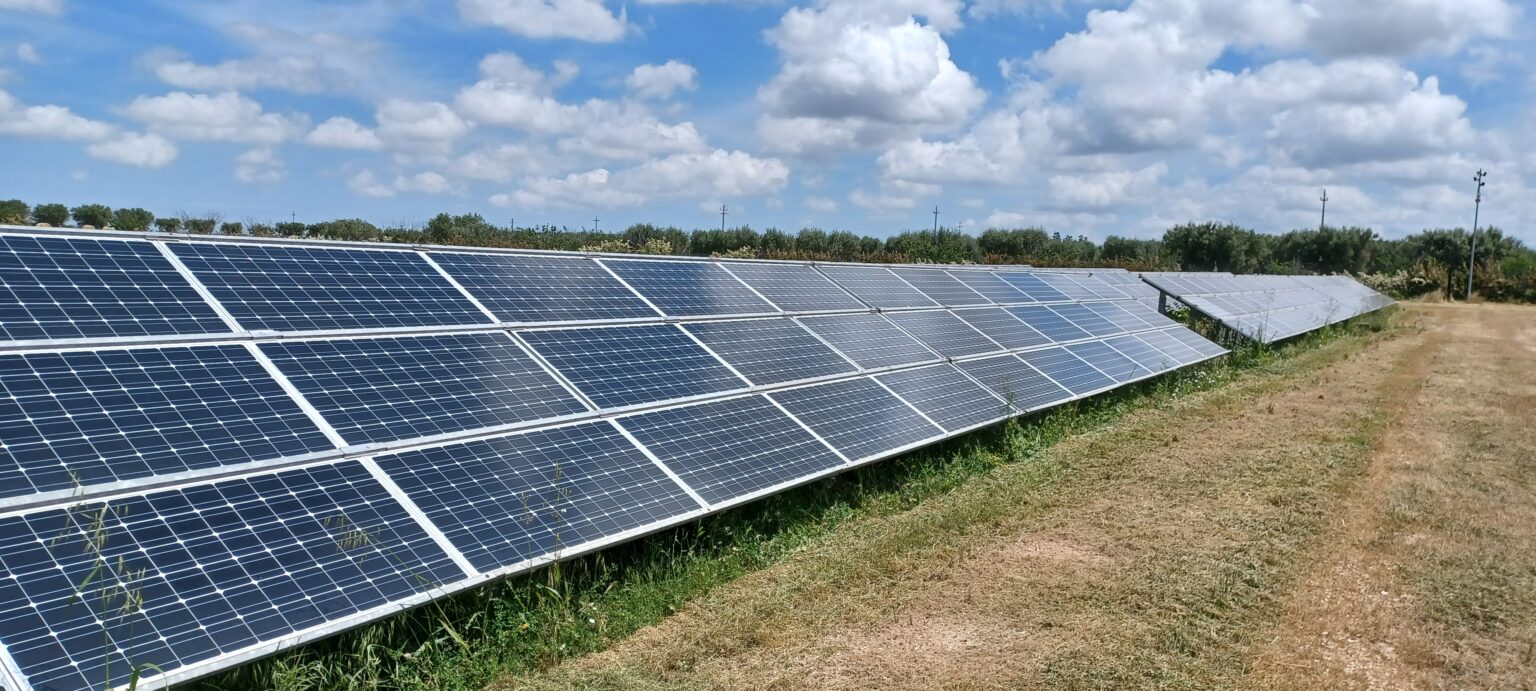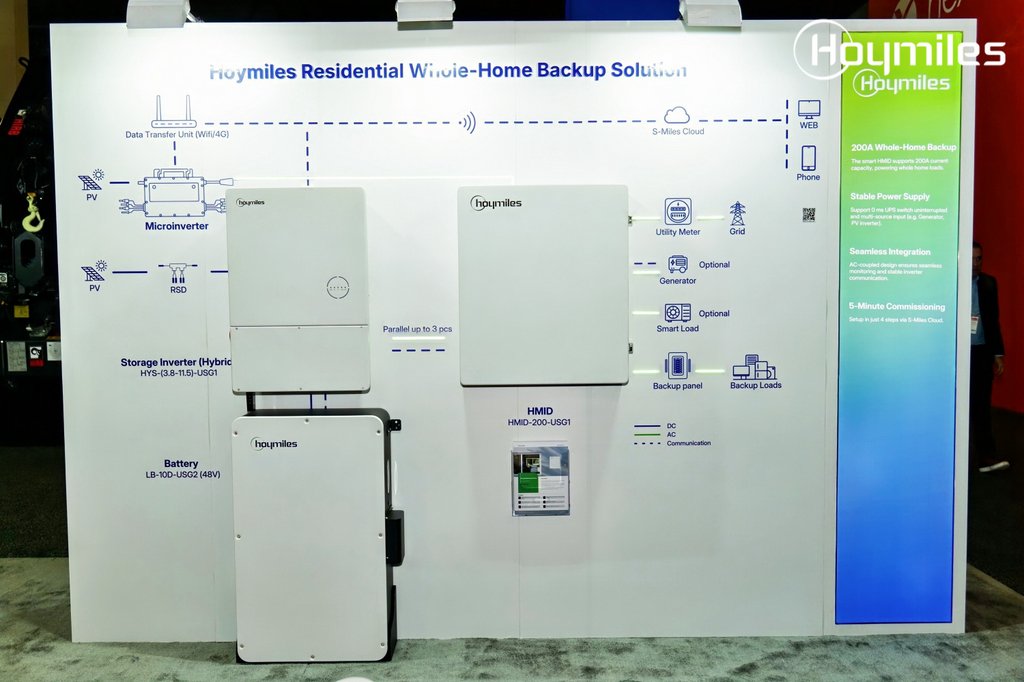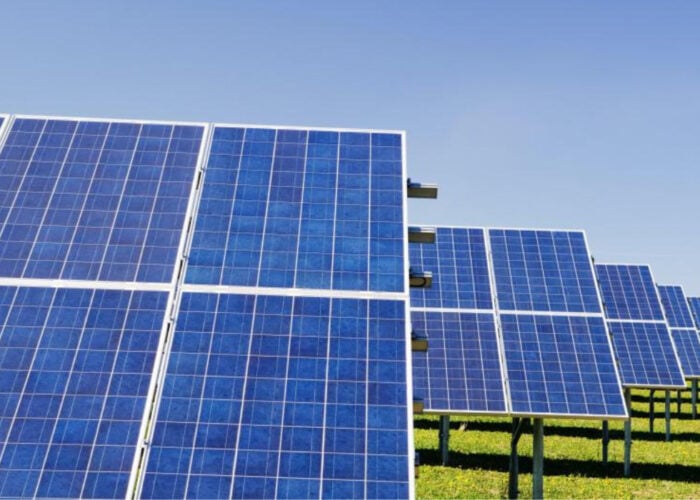Report on United States Energy Policy and its Divergence from Sustainable Development Goals
Executive Summary
An analysis of recent United States energy policy discourse reveals a significant departure from the principles outlined in the United Nations Sustainable Development Goals (SDGs). The administration’s emphasis on fossil fuels over renewable energy sources stands in stark contrast to global efforts aimed at achieving SDG 7 (Affordable and Clean Energy), SDG 9 (Industry, Innovation, and Infrastructure), and SDG 13 (Climate Action). This policy direction not only jeopardizes national progress towards sustainability but also impacts economic stability, as referenced in SDG 8 (Decent Work and Economic Growth).
Economic Climate and Contradictions to SDG 8
Inflationary Pressures and Trade Instability
Despite claims of unprecedented economic prosperity, data indicates growing economic challenges that conflict with the objectives of SDG 8. Key indicators include:
- A 0.3% rise in the consumer price index, leading to an annual inflation rate of 2.7%.
- The implementation of tariffs, which contributes to rising consumer prices and creates economic instability.
These factors undermine the goal of achieving sustainable and inclusive economic growth by creating an unpredictable environment for businesses and increasing the cost of living for citizens.
National Energy Strategy vs. SDG 7 and SDG 13
The Challenge of Powering Future Infrastructure
A central issue raised by the administration is how to meet the increasing energy demands of new infrastructure, such as large-scale data centers. However, the proposed solution—a renewed focus on fossil fuels including coal and gas—directly contravenes the targets of SDG 7, which calls for a substantial increase in the share of renewable energy in the global energy mix. The dismissal of wind power as a viable energy source further illustrates this policy misalignment.
A Comparative Analysis with China’s Renewable Energy Commitments
The administration’s stance on energy is often framed in competition with China. However, an examination of China’s energy strategy reveals a profound commitment to the principles of SDG 7 and SDG 13.
- Global Leadership in Emissions and Renewables: While China is the world’s largest emitter of greenhouse gases, it is also the global leader in renewable energy investment and capacity.
- Massive Financial Commitment: China invested $625 billion in renewable energy in 2024 alone.
- Wind Power Capacity: Contrary to claims that China avoids wind power, it generates more electricity from wind than any other nation.
- Solar Power Dominance: By the end of 2024, China had installed five times the solar capacity of the United States and accounted for three-quarters of all solar projects under construction globally.
Implications for SDG 9: Industry, Innovation, and Infrastructure
Ceding Leadership in Green Technology
The policy of prioritizing fossil fuels neglects the industrial and innovation opportunities central to SDG 9. China has established a dominant position in the supply chains for next-generation energy technologies, a sector critical for future sustainable industrialization.
- China dominates the global manufacturing of solar panels.
- The nation is significantly ahead of the U.S. in the production of batteries and electric vehicles.
Recent legislative actions to roll back subsidies and programs for green technology in the U.S. will likely accelerate this trend, weakening the nation’s industrial base in key future-oriented sectors and hindering progress toward building resilient and sustainable infrastructure.
Conclusion: Long-Term Consequences for Sustainable Development
The described policy trajectory presents substantial long-term risks to the nation’s economy, environment, and global standing, directly undermining progress on multiple Sustainable Development Goals.
- Erosion of SDG 7 (Affordable and Clean Energy): A reliance on fossil fuels is projected to increase energy costs for consumers and move the nation away from clean energy targets.
- Impediment to SDG 8 (Decent Work and Economic Growth): Neglecting the rapidly growing green technology sector will result in missed opportunities for economic growth and job creation.
- Failure to Advance SDG 9 (Industry, Innovation, and Infrastructure): The U.S. risks falling behind in crucial areas of industrial innovation, impacting its international competitiveness.
- Neglect of SDG 13 (Climate Action): An increased reliance on fossil fuels will lead to higher carbon emissions, contributing to climate change and its adverse impacts, in direct opposition to the urgent action required by this goal.
In conclusion, turning away from renewable energy technologies represents a strategic misstep that cedes economic and industrial leadership while simultaneously failing to address the critical global challenge of climate change, thereby damaging the prospects for achieving a sustainable future.
Which SDGs are addressed or connected to the issues highlighted in thearticle?
- SDG 7: Affordable and Clean Energy: The core of the article revolves around the choice of energy sources for the U.S., contrasting fossil fuels (coal, gas) with renewable energy (wind, solar). It discusses energy prices for consumers, investment in energy technology, and the share of renewables in the energy mix.
- SDG 8: Decent Work and Economic Growth: The article touches upon economic stability, inflation influenced by tariffs, and the potential for “lower economic growth” by neglecting “dynamic industries” like green technology.
- SDG 9: Industry, Innovation, and Infrastructure: The text highlights the competition in manufacturing next-generation energy technologies, such as solar panels, batteries, and electric vehicles. It discusses China’s dominance in these industries and the need for the U.S. to upgrade its energy infrastructure.
- SDG 12: Responsible Consumption and Production: The article discusses government policies related to energy, specifically the rolling back of subsidies for renewable energy and the promotion of fossil fuels, which is the opposite of rationalizing inefficient fossil-fuel subsidies.
- SDG 13: Climate Action: The article directly links the choice of energy sources to environmental outcomes, mentioning “greenhouse gases,” “more pollution (including carbon emissions),” and the worsening of “natural disasters” as consequences of burning more fossil fuels.
What specific targets under those SDGs can be identified based on the article’s content?
-
SDG 7: Affordable and Clean Energy
- Target 7.2: “By 2030, increase substantially the share of renewable energy in the global energy mix.” The article directly addresses this by contrasting Trump’s promotion of fossil fuels (“more fossil fuels,” “we brought coal back in”) with the potential of renewables. It notes that China has made “massive investments in renewable energy” and generates more wind and solar power than any other country, while the U.S. is considering policies that would move away from this target.
- Target 7.a: “By 2030, enhance international cooperation to facilitate access to clean energy research and technology… and promote investment in energy infrastructure and clean energy technology.” The article discusses this in terms of competition rather than cooperation, highlighting how China “dominates the solar panel industry” and is “far ahead of the U.S. in the production of batteries and electric vehicles.” It also mentions that a new bill will claw back “money targeted for renewables,” directly impacting investment in clean energy technology.
-
SDG 8: Decent Work and Economic Growth
- Target 8.1: “Sustain per capita economic growth in accordance with national circumstances…” The article warns that the described policies will lead to “lower economic growth as we turn away from dynamic industries” like green technology.
-
SDG 9: Industry, Innovation, and Infrastructure
- Target 9.2: “Promote inclusive and sustainable industrialization…” The article discusses the missed opportunity for the U.S. to “promote American manufacturing” in the “energy sources of the future.” It points out that China’s dominance in these sectors represents a loss of industrial competitiveness for the U.S.
- Target 9.4: “By 2030, upgrade infrastructure and retrofit industries to make them sustainable, with increased resource-use efficiency and greater adoption of clean and environmentally sound technologies…” The article presents a choice between two paths for energy infrastructure: one based on fossil fuels and another on renewables. The policies described, which “claw back money targeted for renewables” and promote coal and oil, represent a move away from making industries and infrastructure more sustainable.
-
SDG 12: Responsible Consumption and Production
- Target 12.c: “Rationalize inefficient fossil-fuel subsidies that encourage wasteful consumption…” The article describes policies that do the opposite. The new bill signed by Trump will “undo” previous green legislation by “rolling back subsidies” for renewables and promoting fossil fuels, which implicitly supports or maintains subsidies for them.
-
SDG 13: Climate Action
- Target 13.2: “Integrate climate change measures into national policies, strategies and planning.” The article details how national policy is being shaped to move away from climate action. The new reconciliation bill is described as an attempt to “undo” green technology legislation, which will result in “more pollution (including carbon emissions) as we burn more fossil fuels.” This is a direct de-integration of climate measures from national policy.
Are there any indicators mentioned or implied in the article that can be used to measure progress towards the identified targets?
-
SDG 7: Affordable and Clean Energy
- Implied Indicator for Target 7.2: The share of renewable energy in the energy mix. The article provides data points for this, stating that Texas, Oklahoma, Iowa, and Kansas are the top four states for wind power generation. It also notes that China “generates more wind power than any other country on Earth” and has “installed five times as much solar capacity as the United States.”
- Implied Indicator for Target 7.a: Investment in clean energy. The article provides a specific figure for China’s investment: “$625 billion in 2024 alone.” For the U.S., it mentions that new legislation will “claw back money targeted for renewables,” indicating a decrease in investment.
-
SDG 8: Decent Work and Economic Growth
- Implied Indicator for Target 8.1: Rate of economic growth. The article doesn’t give a number but warns of “lower economic growth” as a future consequence of the described policies. It also mentions rising inflation, with the “annual rate of inflation jumping to 2.7%.”
-
SDG 9: Industry, Innovation, and Infrastructure
- Implied Indicator for Target 9.2: Share of manufacturing in key future industries. The article implies this by stating that “China dominates the solar panel industry” and is “far ahead of the U.S. in the production of batteries and electric vehicles,” indicating a low or declining U.S. share.
- Implied Indicator for Target 9.4: CO2 emissions. The article explicitly states that the policy of burning more fossil fuels will lead to “more pollution (including carbon emissions).”
-
SDG 12: Responsible Consumption and Production
- Implied Indicator for Target 12.c: Government subsidies for energy sources. The article implies a shift in subsidies away from renewables and towards fossil fuels by mentioning the “rolling back subsidies” for green tech and the “promotion of coal and oil.”
-
SDG 13: Climate Action
- Implied Indicator for Target 13.2: Total greenhouse gas emissions. The article mentions that China has “overtaken the U.S. as the world’s largest emitter of greenhouse gases” and that U.S. policies will lead to “more pollution (including carbon emissions).”
Table of SDGs, Targets, and Indicators
| SDGs | Targets | Indicators Identified in Article |
|---|---|---|
| SDG 7: Affordable and Clean Energy | 7.2: Increase substantially the share of renewable energy.
7.a: Promote investment in clean energy technology. |
Share of wind and solar power in the national energy mix (e.g., China has 5x the solar capacity of the U.S.).
Financial investment in renewables (e.g., China’s $625 billion in 2024 vs. U.S. clawing back funds). |
| SDG 8: Decent Work and Economic Growth | 8.1: Sustain per capita economic growth. | Rate of economic growth (article warns of “lower economic growth”). Rate of inflation (article states it jumped to 2.7%). |
| SDG 9: Industry, Innovation, and Infrastructure | 9.2: Promote sustainable industrialization.
9.4: Upgrade infrastructure and industries to be sustainable. |
National dominance in manufacturing future energy technologies (e.g., China’s dominance in solar panels, batteries, EVs).
Carbon emissions from industry (article states policies will lead to “more pollution (including carbon emissions)”). |
| SDG 12: Responsible Consumption and Production | 12.c: Rationalize inefficient fossil-fuel subsidies. | Government subsidies for energy (article mentions “rolling back subsidies” for renewables, implying support for fossil fuels). |
| SDG 13: Climate Action | 13.2: Integrate climate change measures into national policies. | Total greenhouse gas emissions (article notes the U.S. is a major emitter and policies will increase emissions). |
Source: msnbc.com


